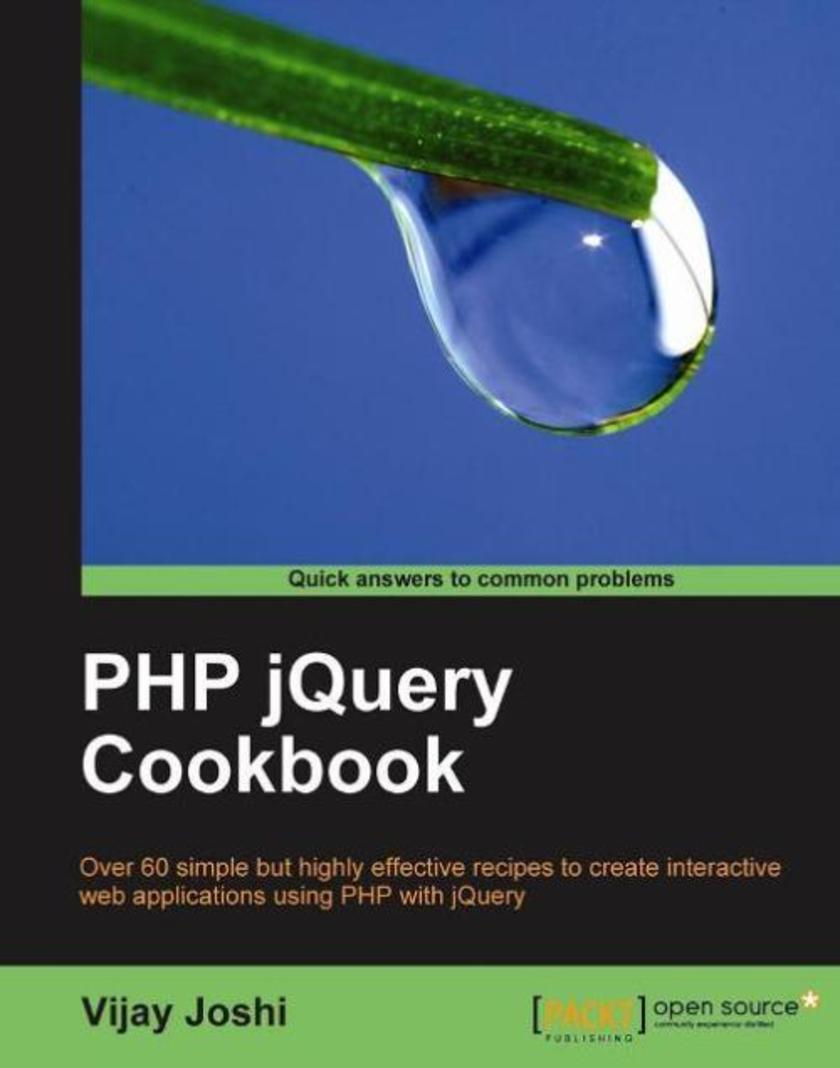
PHP jQuery Cookbook
¥71.93
Written in Packt's cookbook style, this book presents numerous practical examples that you can use directly in your applications. The book covers most of the essential issues you will face while developing your web applications and gives solutions to them. Recipes in the book are written in a manner that will rapidly take you from a beginner to expert level. If you want to use PHP and jQuery together to create web applications this book is for you. It provides a large number of examples in each chapter that will take you from a basic developer to a pro by giving step-by-step instructions for each task in developing web applications using PHP and jQUery. All you need are JavaScript basics and you are on your way to building power web applications, with this book in hand.
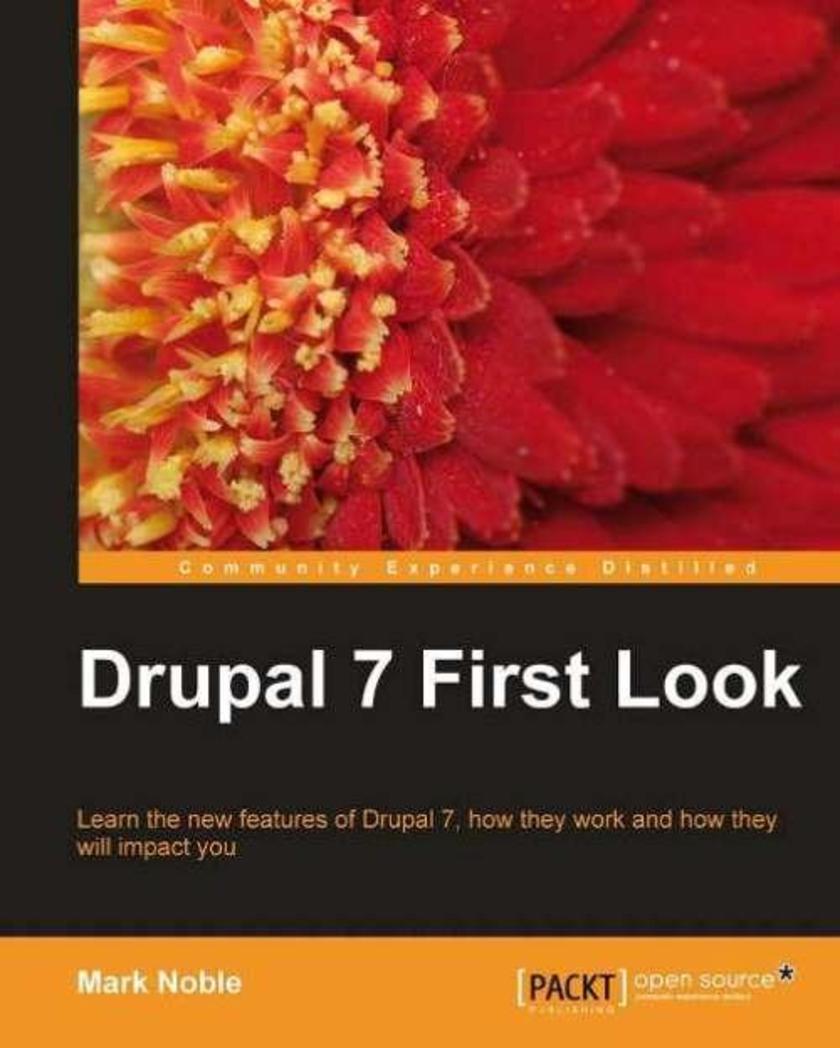
Drupal 7 First Look
¥71.93
This hands-on guide takes a look at the main functional areas of Drupal that have significant new features. It explains these new features and how to use them, drawing attention to significant differences from how things used to behave, and giving the reader an idea of the kind of consequences these changes will bring to them. Drupal 7 First Look is written for site administrators, themers, and developers who have some experience with Drupal 6 (or even Drupal 5) and want to upgrade their sites, themes, or modules to Drupal 7 or just learn more about Drupal 7. No programming experience is required, but several code examples are covered for readers that want more in-depth information about building themes and modules.
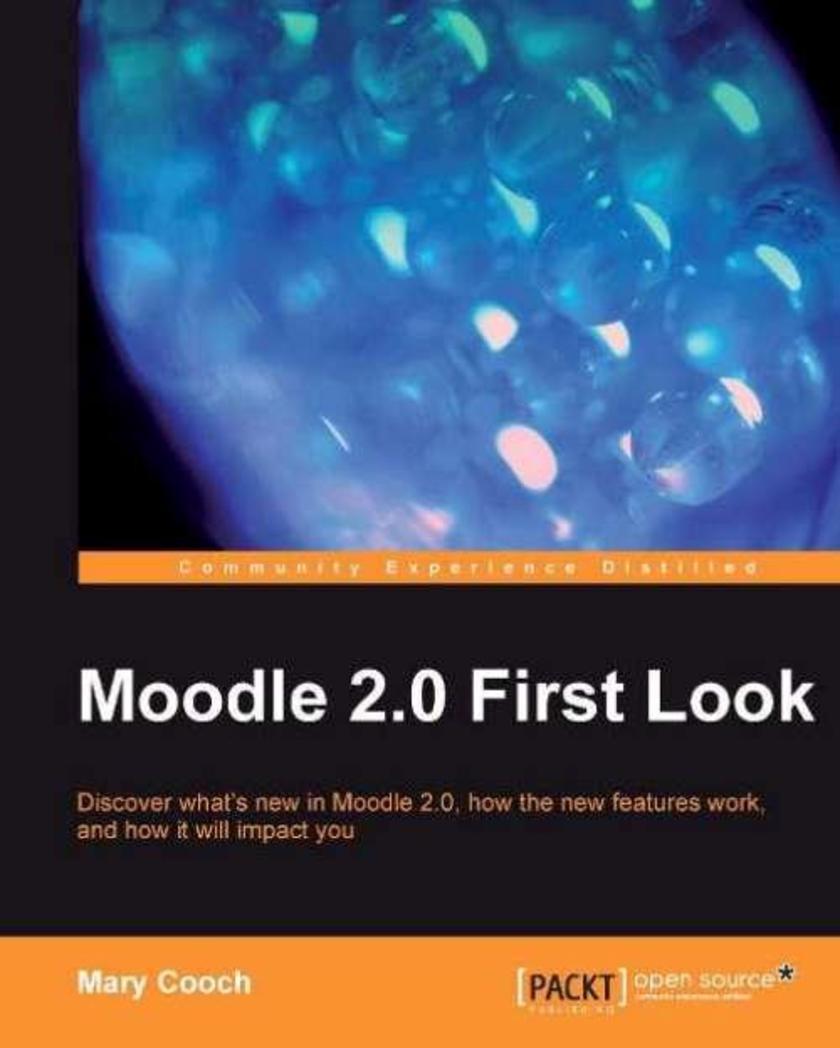
Moodle 2.0 First Look
¥71.93
The book looks at the main functional areas of Moodle that have significant new features, explains the new features and how to use them. It draws attention to significant differences from how things used to behave, and gives the reader an idea of the kind of consequences these changes will bring to them. If you are an existing Moodle user, tutor, or administrator, then this book is for you. You are expected to be familiar with the operation of Moodle.
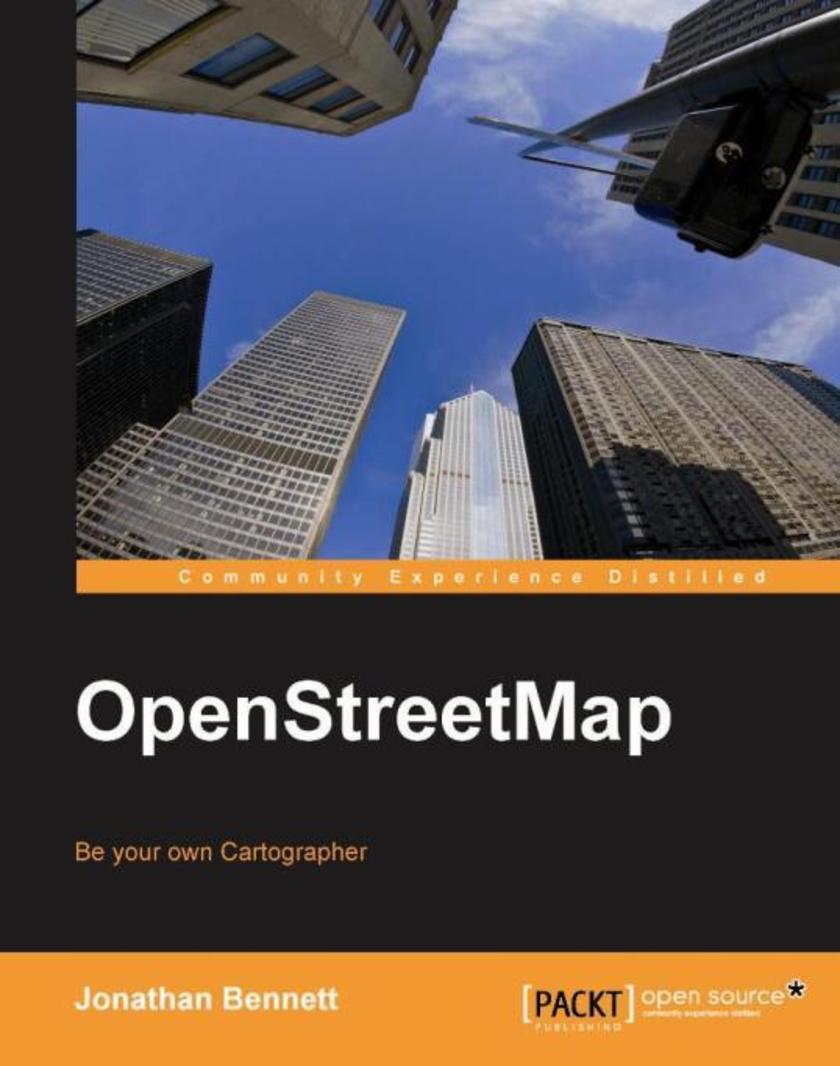
OpenStreetMap
¥71.93
This book introduces the OSM project, its aims and objectives, and its history, then guides you through the process of gathering, editing, and using OpenStreetMap data using a series of real-world examples. This book is the perfect aid for geographic-information professionals interested in using OpenStreetMap in their work and web designers and developers who want to include mapping in their sites, and want a distinctive style. It is for you if you have a need to use maps and geographic data for work or leisure, and want accurate, up-to-date maps showing the information you're interested in, without details you don't need. If you want to use maps for navigation and want more or less detail than traditional printed maps give this book is perfect for you.
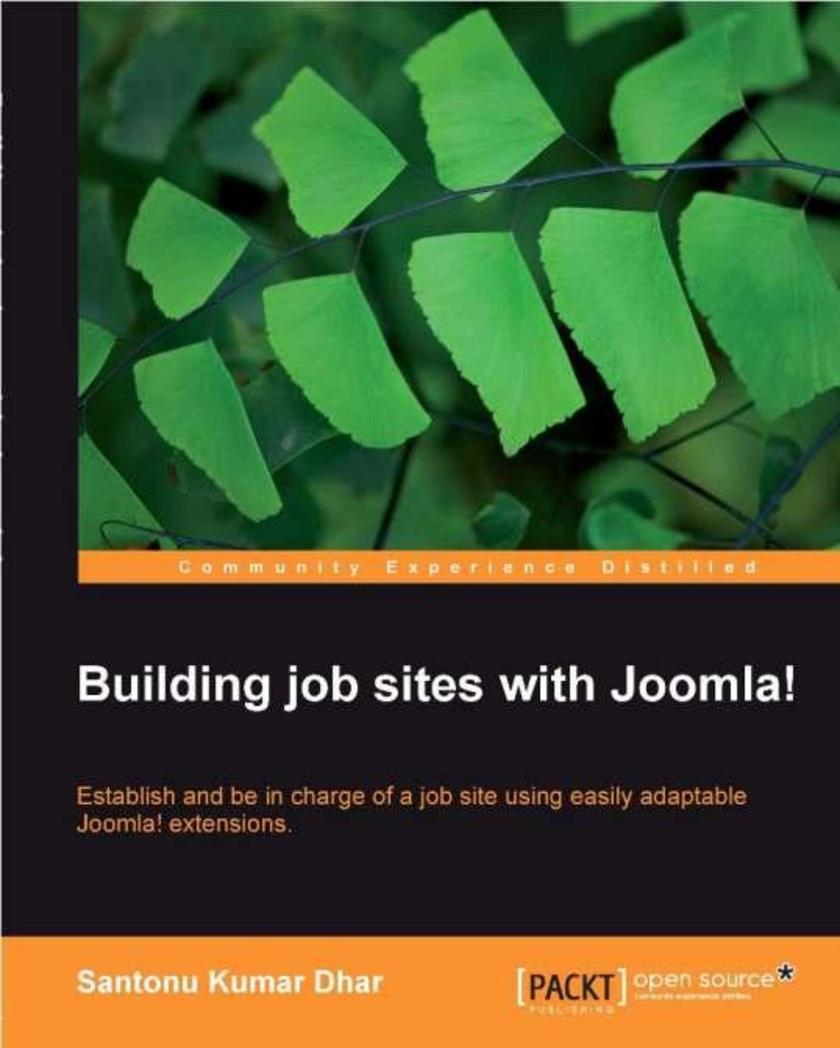
Building job sites with Joomla!
¥71.93
This will be a step-by-step tutorial - a workbook with practical approach. The book starts by looking at the important features that make a professional job site: adding and managing jobs, jobseekers and employers, providing online recruitment services, selling credits and managing credit system, SEO to drive huge traffic to your job site, and so on. This book includes a lot of screenshots which not only illustrate tasks but also create a visual impact. This book contains overall necessary information that is important for the understanding of job site development. If you are looking for building and managing a job site using Joomla! extensions then this book is for you. Prior knowledge of using extensions is not expected but Joomla! basics will be required.
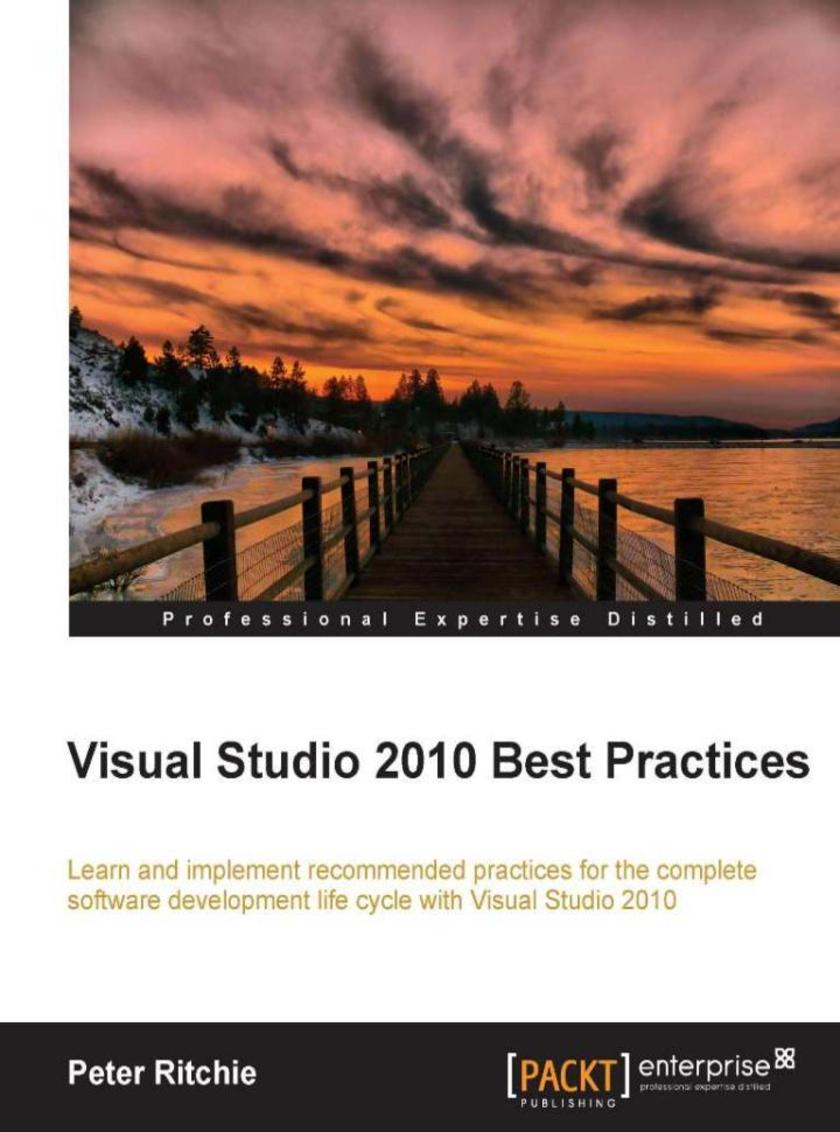
Visual Studio 2010 Best Practices
¥71.93
It will be a step-by-step tutorial that will discuss best practices. The book is structured in such a way that it can be read both from start to end or can dipped into. .Net developers using Visual Studio for programming will find this book useful. If you are developing your application with C#, you will find better ways to do things with Visual Studio. You should know basics of development with .Net Framework and need working knowledge on VIsual Studio
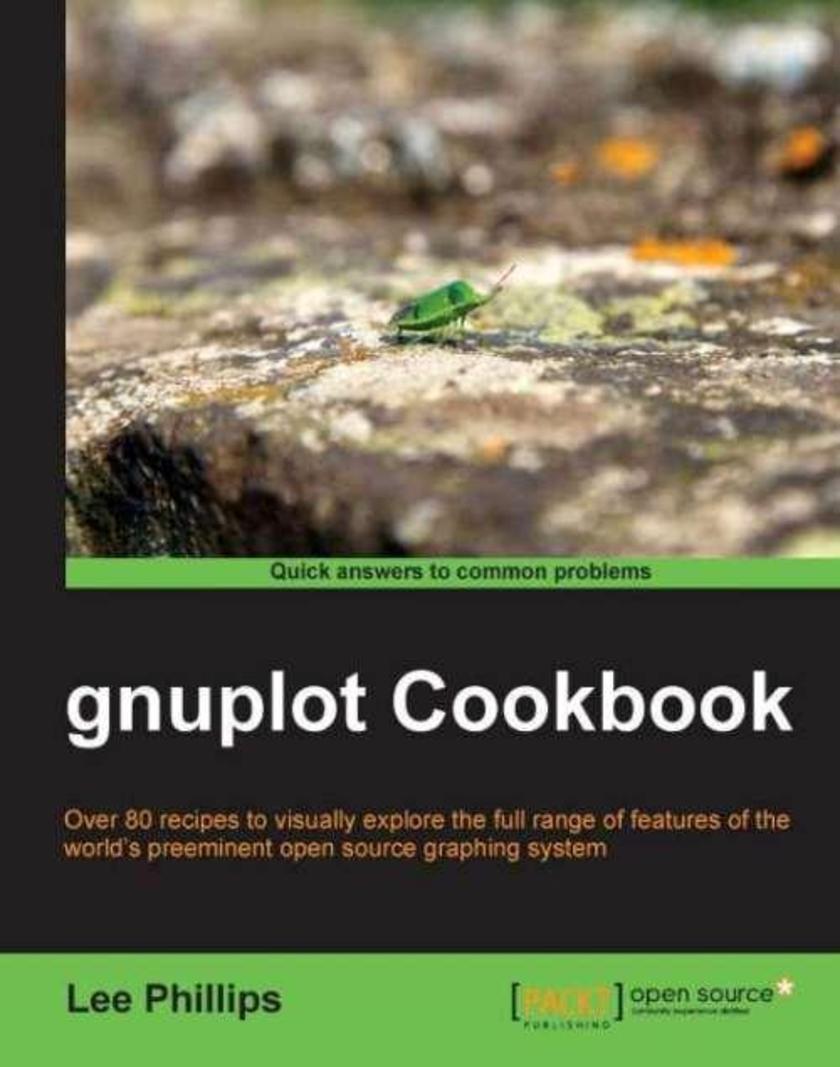
gnuplot Cookbook
¥71.93
Written in Cookbook style, the reader will be taught the features of gnuplot through practical examples accompanied by rich illustrations and code. Every aspect has been considered to ensure ease of understanding of even complex features. Whether you are an old hand at gnuplot or new to it, this book is a convenient visual reference that covers the full range of gnuplot's capabilities, including its latest features. Some basic knowledge of plotting graphs is necessary.
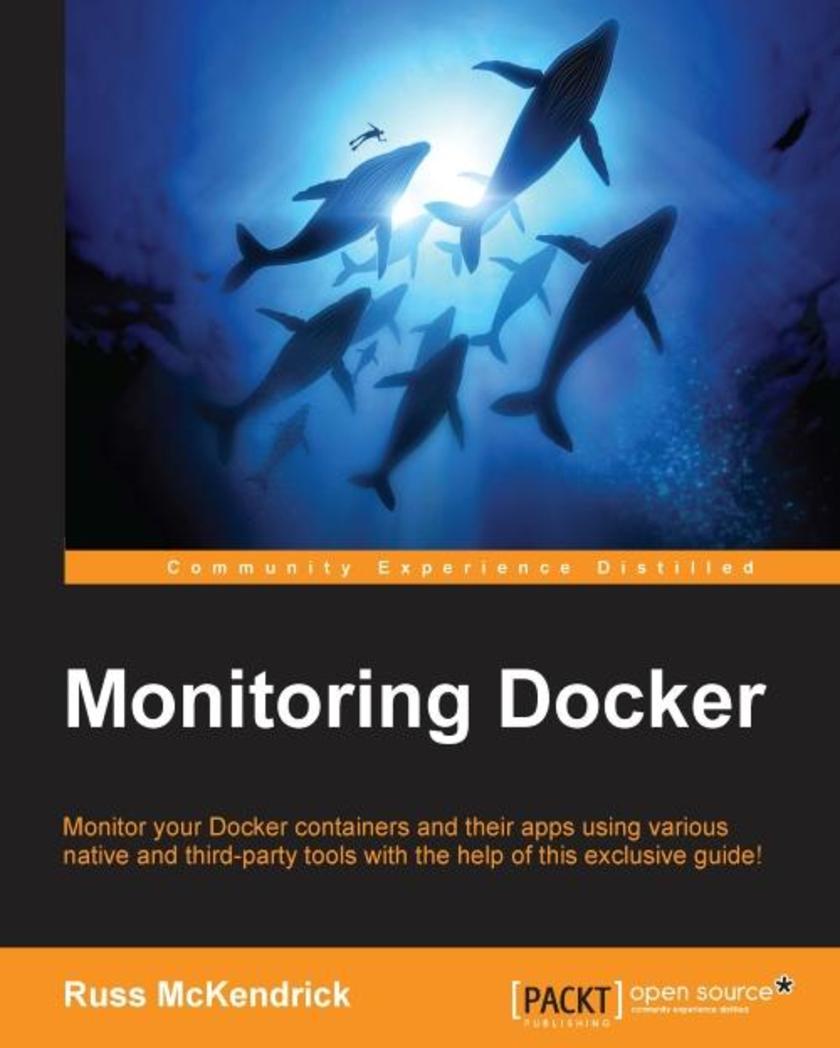
Monitoring Docker
¥71.93
Monitor your Docker containers and their apps using various native and third-party tools with the help of this exclusive guide!About This Book Get the only book that covers multiple methods to monitoring Docker Containers -your one-stop solution to all your Docker monitoring needs Learn how to implement third-party tools such as Datalog, cAdvisor, and more with this example-rich, hands-on guide Learn how to efficiently monitor Docker containers and get an edge over other administrators while maintaining apps on these containers Who This Book Is For This book is for DevOps engineers and system administrators who manage Docker containers and want to better manage these containers using expert techniques and methods and better maintain applications built on Docker. What You Will Learn Discover the tools built into Docker to gain an insight into your containers’ performance Augment Docker’s built-in tools with modern tools such as cAdvisor from Google, SysDig by Draios, and Soundcloud’s Prometheus Integrate the monitoring of your containers with more traditional monitoring solutions such as Zabbix Take advantage of the various SaaS offerings from third parties to move monitoring away from your local infrastructure and into the cloud Discover the various ways to ship your applications’ logs from the container to a central logging service Get the most out of your application and resources with the right implementation of your monitoring method In Detail This book will show you how monitoring containers and keeping a keen eye on the working of applications helps improve the overall performance of the applications that run on Docker. With the increased adoption of Docker containers, the need to monitor which containers are running, what resources they are consuming, and how these factors affect the overall performance of the system has become the need of the moment. This book covers monitoring containers using Docker's native monitoring functions, various plugins, as well as third-party tools that help in monitoring. Well start with how to obtain detailed stats for active containers, resources consumed, and container behavior. We also show you how to use these stats to improve the overall performance of the system. Next, you will learn how to use SysDig to both view your containers performance metrics in real time and record sessions to query later. By the end of this book, you will have a complete knowledge of how to implement monitoring for your containerized applications and make the most of the metrics you are collecting Style and approach This is an easy-to-follow guide with plenty of hands-on examples that can be executed both on your local machine and externally hosted services.
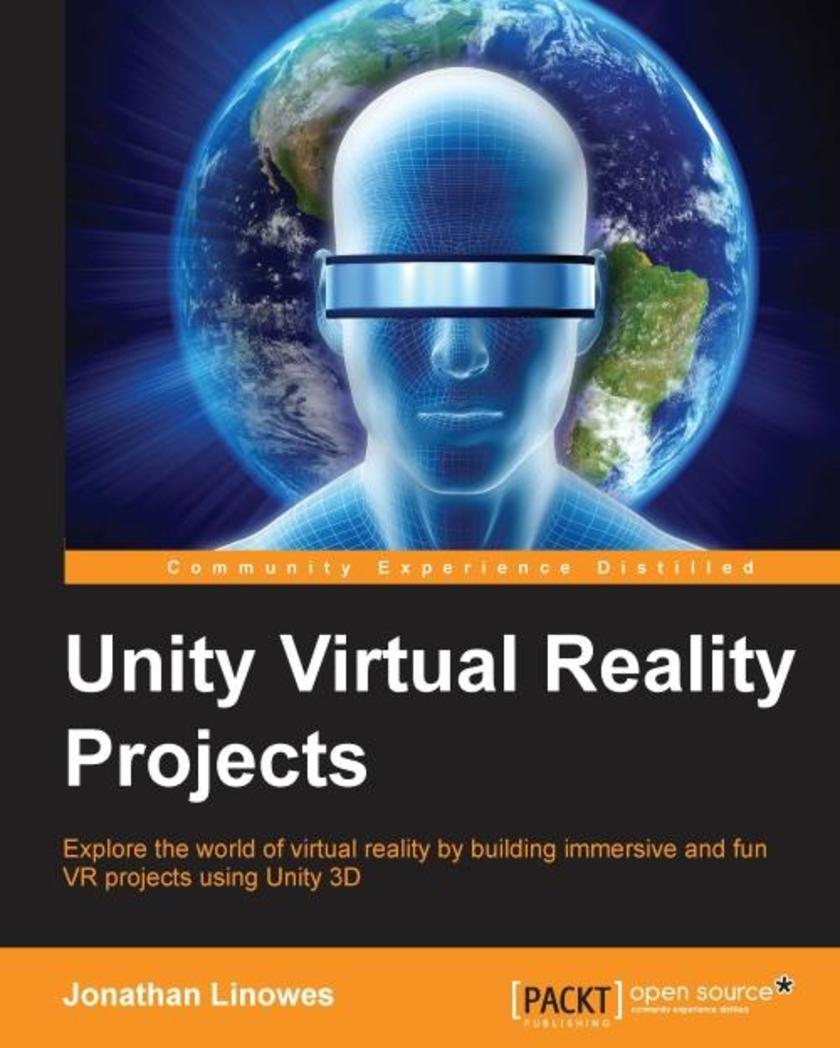
Unity Virtual Reality Projects
¥71.93
Explore the world of Virtual Reality by building immersive and fun VR projects using Unity 3D About This Book Learn the basic principles of virtual reality applications and get to know how they differ from games and desktop apps Build various types of VR experiences, including diorama, first-person characters, riding on rails, 360 degree projections, and social VR A project-based guide that teaches you to use Unity to develop VR applications, which can be experienced with devices such as the Oculus Rift or Google Cardboard Who This Book Is For If you’re a non-programmer unfamiliar with 3D computer graphics, or experienced in both but new to virtual reality, and are interested in building your own VR games or applications then this book is for you. Any experience in Unity is an advantage. What You Will Learn Create 3D scenes with Unity and Blender while learning about world space and scale Build and run VR applications for consumer headsets including Oculus Rift and Google Cardboard Build interactive environments with physics, gravity, animations, and lighting using the Unity engine Experiment with various user interface (UI) techniques that you can use in your VR applications Implement the first-person and third-person experiences that use only head motion gestures for input Create animated walkthroughs, use 360-degree media, and build multi-user social VR experiences Learn about the technology and psychology of VR including rendering, performance and VR motion sickness Gain introductory and advanced experience in Unity programming with the C# language In Detail What is consumer “virtual reality”Wearing a head-mounted display you view stereoscopic 3D scenes. You can look around by moving your head, and walk around using hand controls or motion sensors. You are engaged in a fully immersive experience. On the other hand, Unity is a powerful game development engine that provides a rich set of features such as visual lighting, materials, physics, audio, special effects, and animation for creating 2D and 3D games. Unity 5 has become the leading platform for building virtual reality games, applications and experiences for this new generation of consumer VR devices. Using a practical and project-based approach, this book will educate you about the specifics of virtual reality development in Unity. You will learn how to use Unity to develop VR applications which can be experienced with devices such as the Oculus Rift or Google Cardboard. We will then learn how to engage with virtual worlds from a third person and first person character point of view. Furthermore, you will explore the technical considerations especially important and possibly unique to VR. The projects in the book will demonstrate how to build a variety of VR experiences. You will be diving into the Unity 3D game engine via the interactive Unity Editor as well as C-Sharp programming. By the end of the book, you will be equipped to develop rich, interactive virtual reality experiences using Unity. So, let's get to it! Style and approach This book takes a practical, project-based approach to teach specifics of virtual reality development in Unity. Using a reader-friendly approach, this book will not only provide detailed step-by-step instructions but also discuss the broader context and applications covered within.
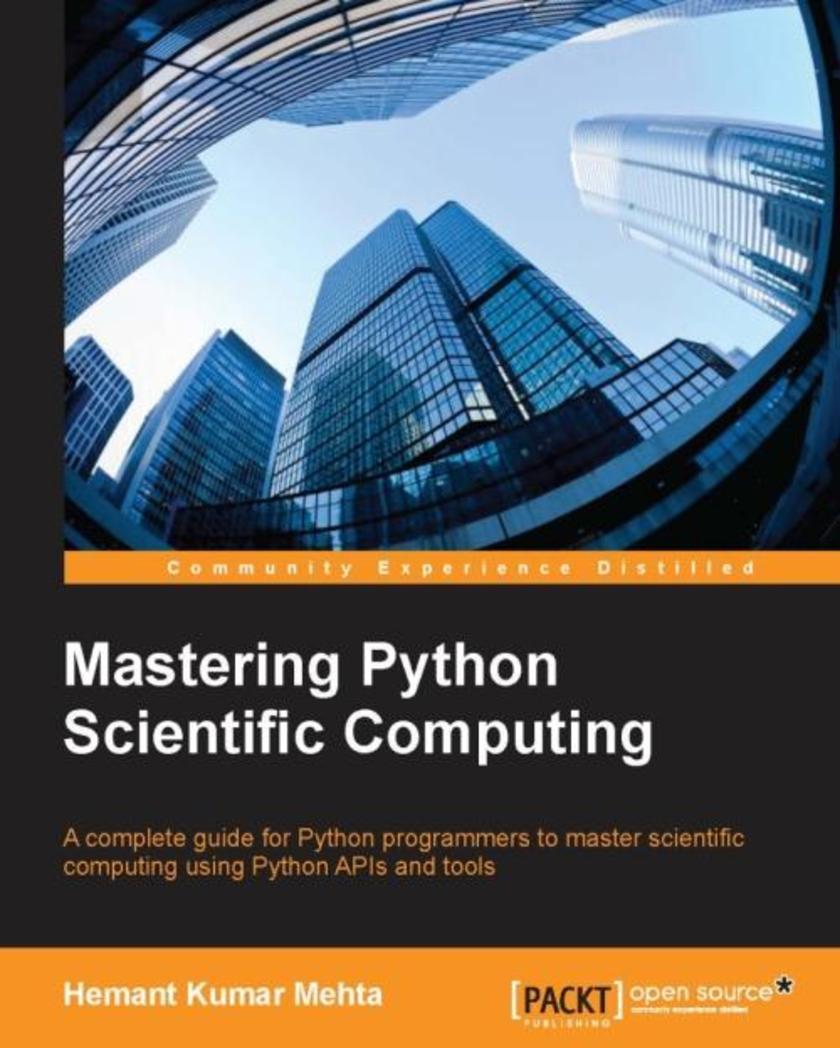
Mastering Python Scientific Computing
¥71.93
A complete guide for Python programmers to master scientific computing using Python APIs and tools About This Book The basics of scientific computing to advanced concepts involving parallel and large scale computation are all covered. Most of the Python APIs and tools used in scientific computing are discussed in detail The concepts are discussed with suitable example programs Who This Book Is For If you are a Python programmer and want to get your hands on scientific computing, this book is for you. The book expects you to have had exposure to various concepts of Python programming. What You Will Learn Fundamentals and components of scientific computing Scientific computing data management Performing numerical computing using NumPy and SciPy Concepts and programming for symbolic computing using SymPy Using the plotting library matplotlib for data visualization Data analysis and visualization using Pandas, matplotlib, and IPython Performing parallel and high performance computing Real-life case studies and best practices of scientific computing In Detail In today's world, along with theoretical and experimental work, scientific computing has become an important part of scientific disciplines. Numerical calculations, simulations and computer modeling in this day and age form the vast majority of both experimental and theoretical papers. In the scientific method, replication and reproducibility are two important contributing factors. A complete and concrete scientific result should be reproducible and replicable. Python is suitable for scientific computing. A large community of users, plenty of help and documentation, a large collection of scientific libraries and environments, great performance, and good support makes Python a great choice for scientific computing. At present Python is among the top choices for developing scientific workflow and the book targets existing Python developers to master this domain using Python. The main things to learn in the book are the concept of scientific workflow, managing scientific workflow data and performing computation on this data using Python. The book discusses NumPy, SciPy, SymPy, matplotlib, Pandas and IPython with several example programs. Style and approach This book follows a hands-on approach to explain the complex concepts related to scientific computing. It details various APIs using appropriate examples.
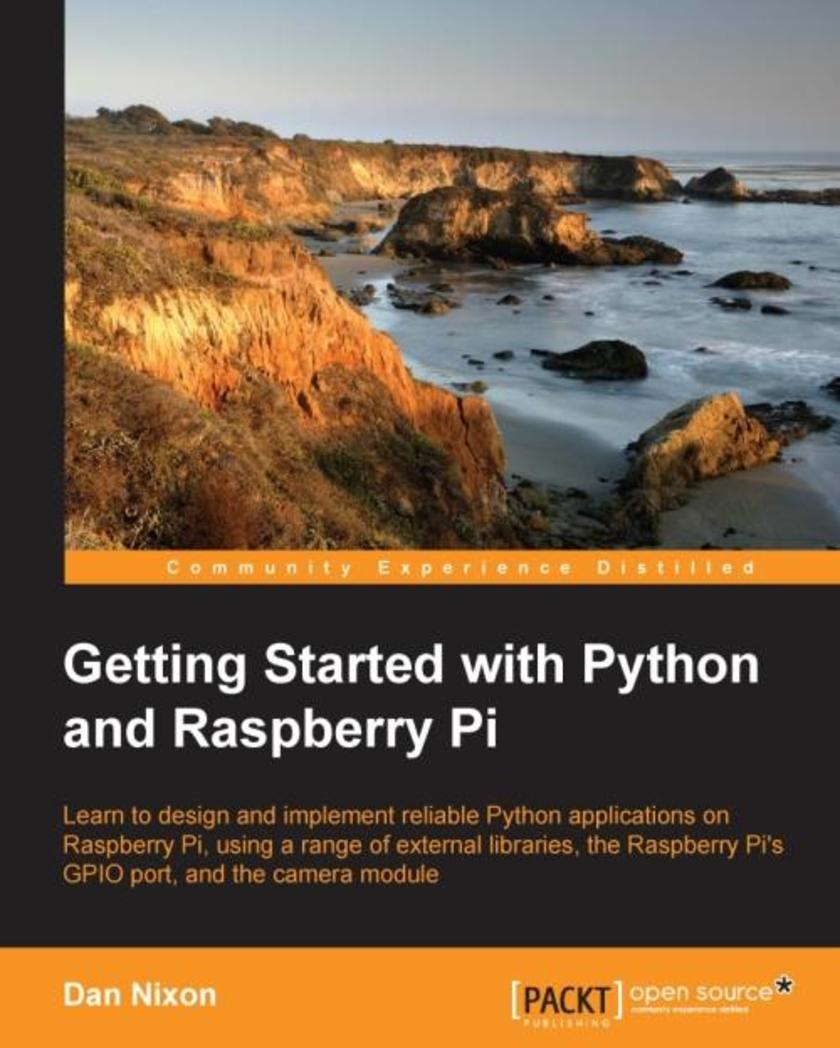
Getting Started with Python and Raspberry Pi
¥71.93
Learn to design and implement reliable Python applications on the Raspberry Pi using a range of external libraries, the Raspberry Pis GPIO port, and the camera module About This Book Learn the fundamentals of Python *ing and application programming Design user-friendly command-line and graphical user interfaces A step-by-step guide to learning Python programming with the Pi Who This Book Is For This book is designed for those who are unfamiliar with the art of Python development and want to get to know their way round the language and the many additional libraries that allow you to get a full application up and running in no time. What You Will Learn Fundamentals of Python applications Designing applications for multi-threading Interacting with electronics and physical devices Debugging applications when they go wrong Packaging and installing Python modules User interface design using Qt Building easy to use command-line interfaces Connecting applications to the Internet In Detail The Raspberry Pi is one of the smallest and most affordable single board computers that has taken over the world of hobby electronics and programming, and the Python programming language makes this the perfect platform to start coding with. The book will start with a brief introduction to Raspberry Pi and Python. We will direct you to the official documentation that helps you set up your Raspberry Pi with the necessary equipment such as the monitor, keyboard, mouse, power supply, and so on. It will then dive right into the basics of Python programming. Later, it will focus on other Python tasks, for instance, interfacing with hardware, GUI programming, and more. Once you get well versed with the basic programming, the book will then teach you to develop Python/Raspberry Pi applications. By the end of this book, you will be able to develop Raspberry Pi applications with Python and will have good understanding of Python programming for Raspberry Pi. Style and approach An easy-to-follow introduction to Python *ing and application development through clear conceptual explanations backed up by real-world examples on the Raspberry Pi.
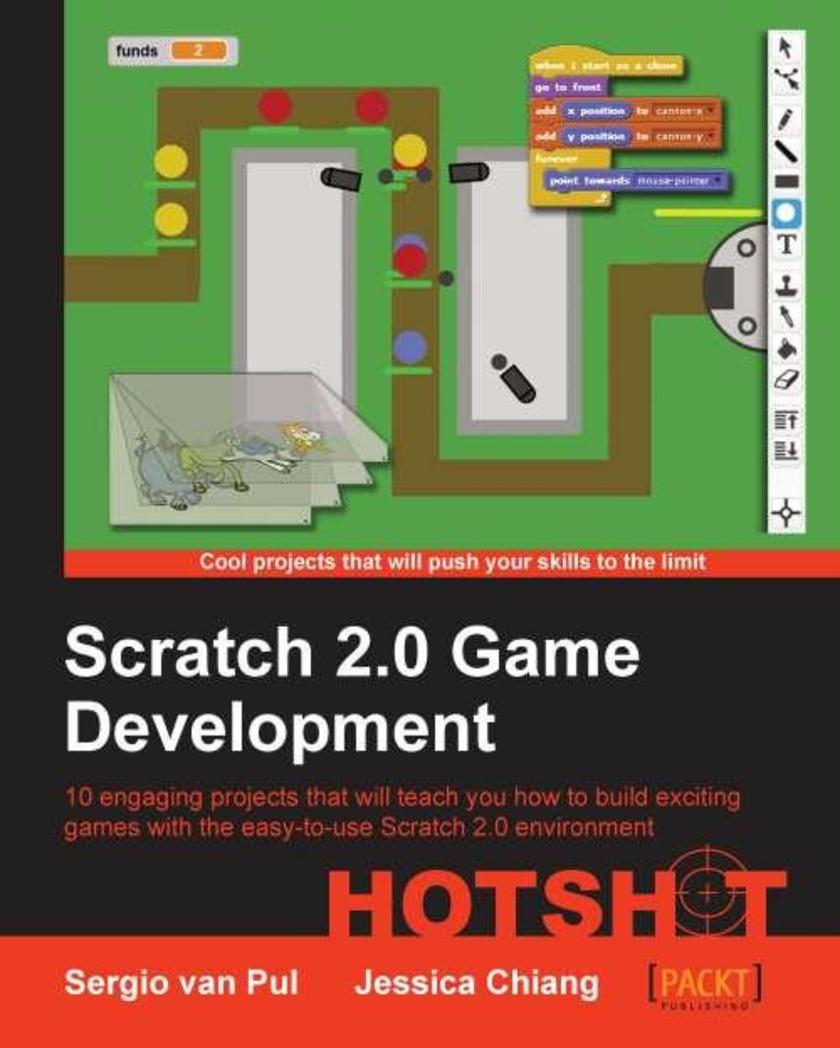
Scratch 2.0 Game Development Hotshot
¥71.93
An easytouse book, containing 10 engaging projects that will help you learn how to build video games with the easy to use Scratch 2.0 environment. If you are a new, or current Scratch user and would like to improve your understanding of the new Scratch 2.0 interface, and learn how to make video games, this book is ideal for you. Each project is explained indepth from start to finish, so everyone can follow along, even if you don’t have much previous experience with the software. If you want to become a video game designer, this book is an easy to use and friendly guide about the world of interactive media. It will teach, challenge, and inspire you to create great interactive projects.
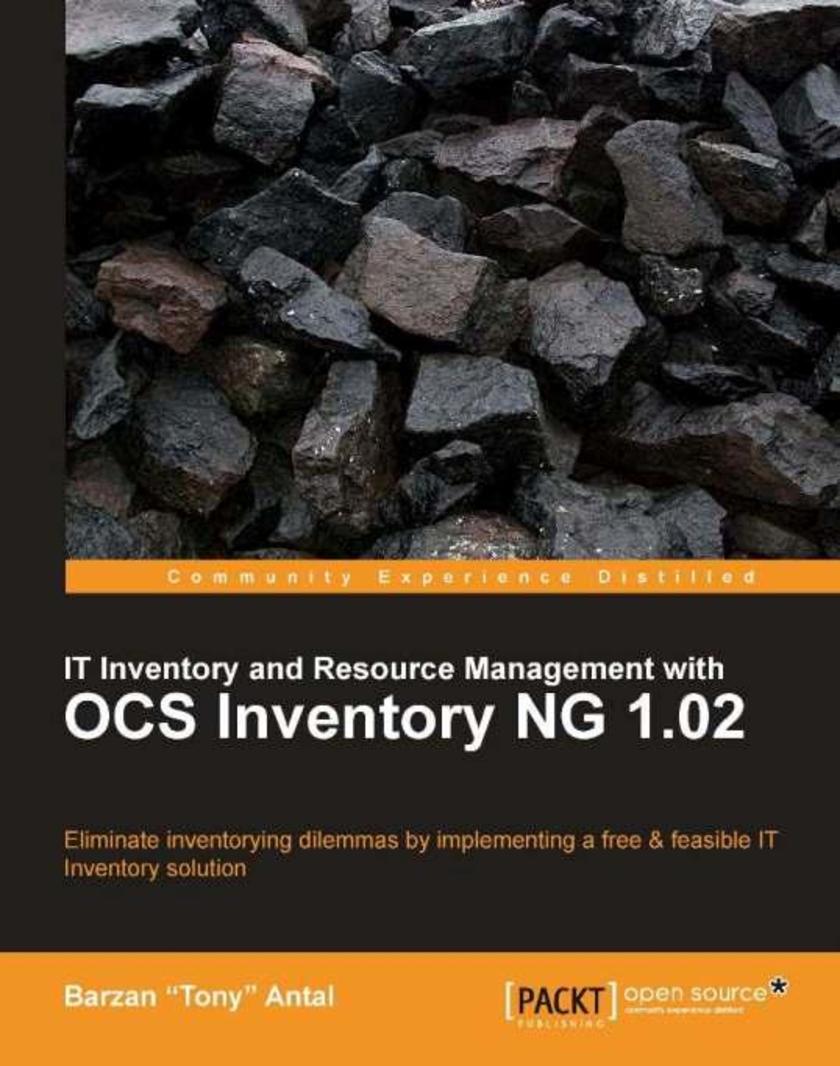
IT Inventory and Resource Management with OCS Inventory NG 1.02
¥71.93
This book closely follows the style of a practical, hands-on "how to" guide on working with OCS Inventory NG. The step-by-step approach, coupled with the use of visual aids, clear instructions, and real-world examples, makes it a fast-paced book. Upon the completion of this book, you will have the necessary skill set, know-how, and confidence to implement OCS Inventory NG to meet the demanding asset management needs of any organization. Then you can carry on using the book as reference material. This book targets an audience of system administrators and IT professionals who are required to implement, configure, customize, and work with IT Inventory and Asset Management solutions. The book does not presume any prior knowledge of inventory management, just a solid grasp of the server/client model and familiarity with the chosen operating system along with the necessary web server and database server terminologies. Anyone with an interest in inventorying IT assets and solving real-world resource management dilemmas will enjoy this book.

TYPO3 4.2 E-Commerce
¥71.93
This is a fast-paced tutorial focusing on creating an online store. It walks in detail through development of a sample website, illustrating each step with screenshots and explanation. The cumbersome and time-consuming task of developing and customizing a TYPO3 e-commerce site will be a smooth sail with this book. If you want to create a captivating online shop using TYPO3 and optimize your profit, this book is for you. Some knowledge of TYPO3, PHP, and TypoScript is required.

Wordpress and Flash 10x Cookbook
¥71.93
This book consists of a series of easy-to-follow recipes. Each recipe stands on its own, so you can open the book to any recipe and complete it without going through the previous recipes. You can work through the book from start to end or just choose the recipes most applicable to your needs and situation. The book presents recipes of varying difficulty levels so that there is something for everyone from a beginner to an advanced WordPress user. Detailed screenshots, code examples, and links to additional resources supplement the concise instructions. If you are a Wordpress user interested in creating multimedia-rich websites and blogs using Flash then this book is perfect for you. This book caters for site administrators and web developers, who have experience using Flash aand Wordpress.
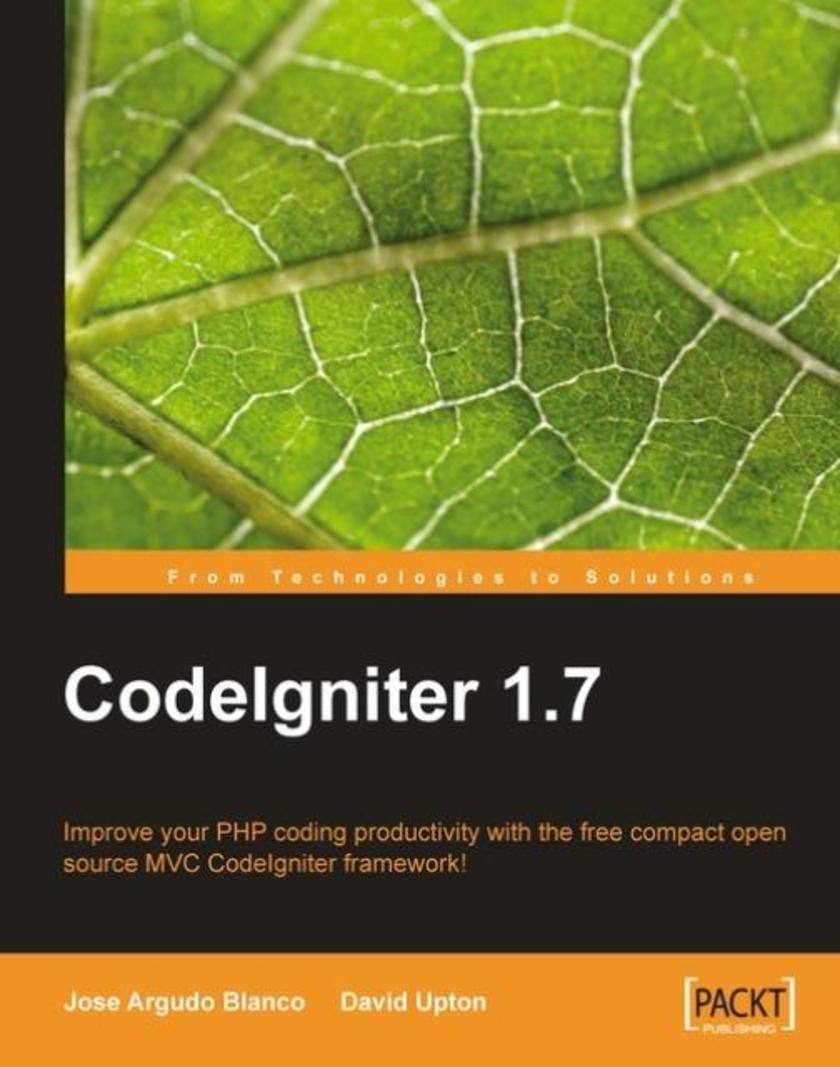
CodeIgniter 1.7
¥71.93
This book takes a step-by-step approach, presenting the main features of CodeIgniter in a systematic way and explaining them clearly. It is packed with examples, ideas, and screenshots to help you master this great framework. The code examples are very practical so you can even use them in your own projects. By following this book, you can use CodeIgniter in the best possible way and maximize your learning. This book is for developers who are new to CodeIgniter. Basic skills in PHP and MySQL are required, but only rudimentary object-oriented knowledge is needed. If you're looking for a better way to develop PHP applications, or want to find out more about the CodeIgniter framework as a viable option for one of your own projects, this book will help you.

jQuery 1.3 with PHP
¥71.93
This book takes a practical approach to integrating PHP and jQuery, showing examples of every point discussed. All examples are written such that you should be able to copy out the code into your own projects and see immediate results, no matter what your experience with JavaScript. You will find projects developed within a chapter, building them up step-by-step, describing the process and thought that goes into it. Minimal requirements are needed on the server-side, so the examples should work with any setup. This book is for PHP application developers who want to improve their user interfaces through jQuery's capabilities and responsiveness. Whether you are familiar with jQuery or have only dabbled a little with JavaScript, this book will provide you with numerous practical examples of how to improve your application.
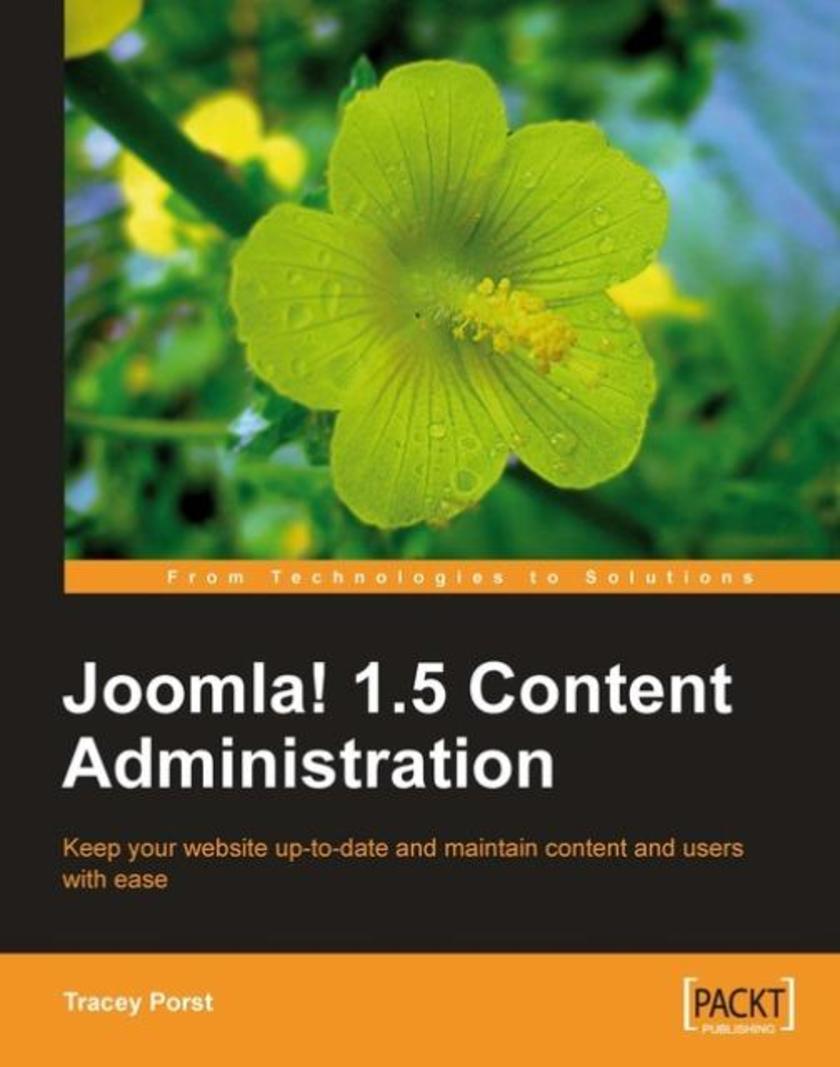
Joomla! 1.5 Content Administration
¥71.93
This book is very easy and straightforward to follow, and takes a hands-on approach, using practical examples to illustrate techniques and explain concepts using a fictitious company called "The Party People" to help you master the content administration of your web site. With each task outlined, simple explanations are offered on similar subject areas and links to further information are provided. If you are someone who wants to quickly and easily manage content and users for a Joomla! web site, this book is ideal for you. You could be a content editor, proofreader, graphic artist, feature editor, or anyone else concerned with managing content on a Joomla! installation. If you can browse the Web and use a wordprocessing software package, this book will help you develop the skills to efficiently manage your web site and gain a solid understanding of the Joomla! content management system.
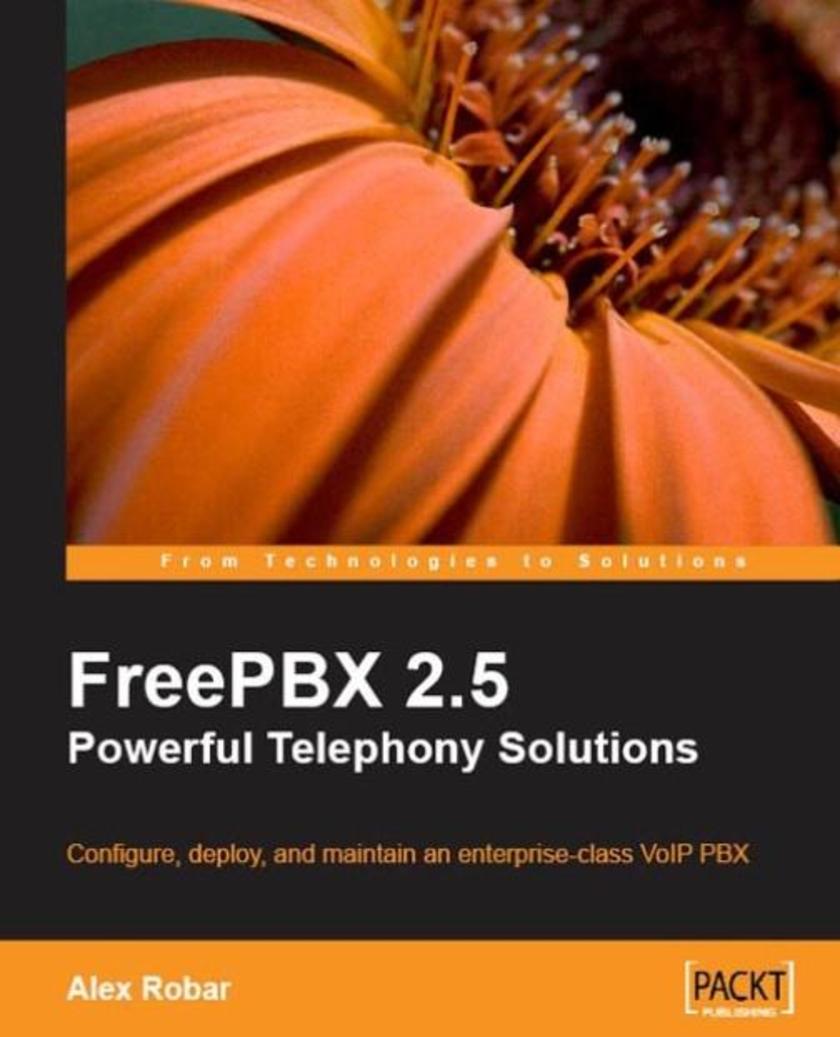
FreePBX 2.5 Powerful Telephony Solutions
¥71.93
This book is a tutorial, with plenty of step-by-step instructions bundled with examples and screenshots. VoIP telephony concepts are discussed, and how-tos are provided to help the reader become familiar with FreePBX. This book is targeted at system administrators who want to get started with FreePBX. Previous knowledge of Linux or networking is not required, although some basic knowledge of PBX and Linux will be a bonus.
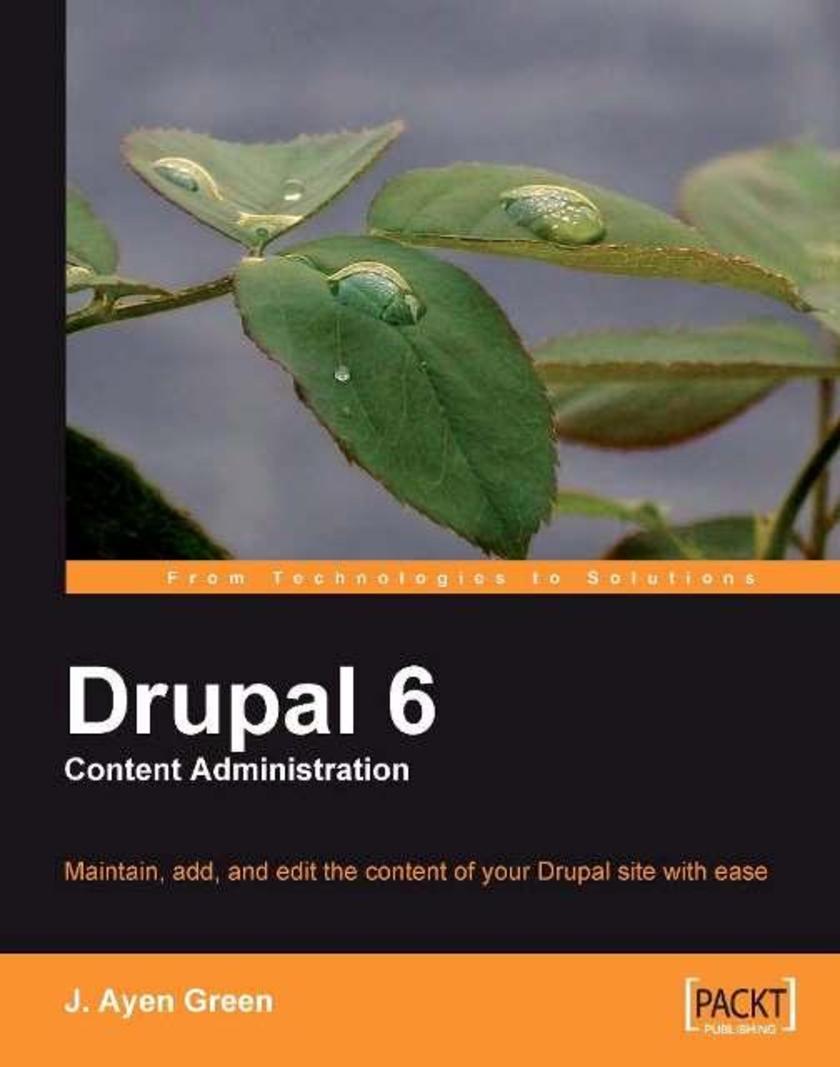
Drupal 6 Content Administration
¥71.93
This is a fun, informative, hands-on learning guide that uses an actual case study. In an interactive and informal manner, this guide presents purposeful examples that continue to build on each other. Clear, concise instructions and practical examples mean you can learn quickly how to take care of the content in your Drupal site. This book is designed for those who run the site day-to-day but didn't set it up, and aren't necessarily that well versed in Drupal or web technologies. You could be a content editor, proofreader, graphic artist, feature editor, or anyone else concerned with managing content on a Drupal installation.
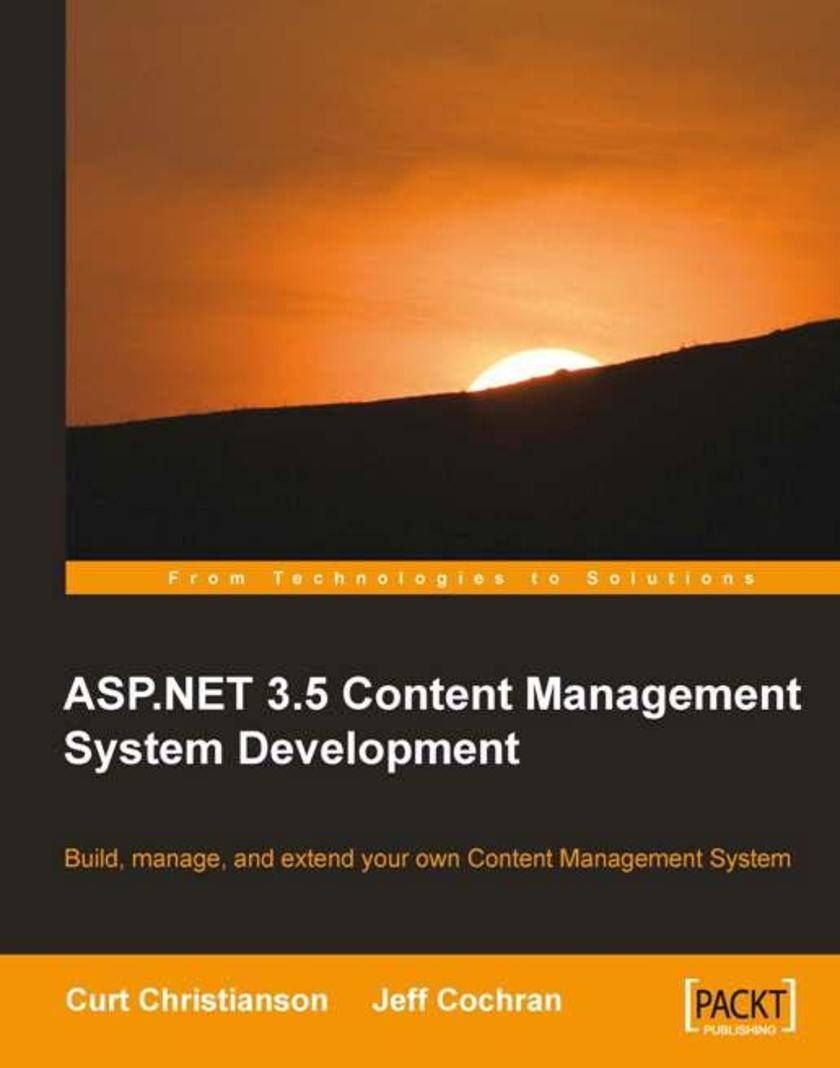
ASP.NET 3.5 CMS Development
¥71.93
This step-by-step tutorial shows the reader how to build an ASP.NET Content Management System from scratch. You will first learn the basics of a content management system and how to set up the tools you need to build your site. Then, you start building your site, setting up users, and adding content to your site. You will be able to edit the content of your site and also manage its layout all by yourself. Towards the end, you will learn to manage your site from a single point and will have all the information you need to extend your site to make it more powerful. Filled with plenty of code snippets and screen images to keep you on track as well as numerous additional samples to show you all the exciting alternatives to explore, this book prepares you for all the challenges you can face in development. This book is for beginner to intermediate ASP.NET users who have managed to learn Visual Web Developer and want to take on their first real-world application. It will help those who have used SQL Server Express, completed a few sample projects, and now wish to explore a Content Management System.




 购物车
购物车 个人中心
个人中心



